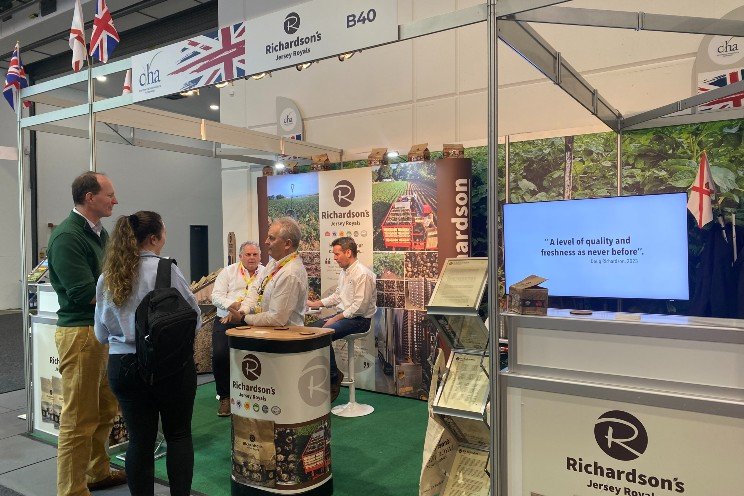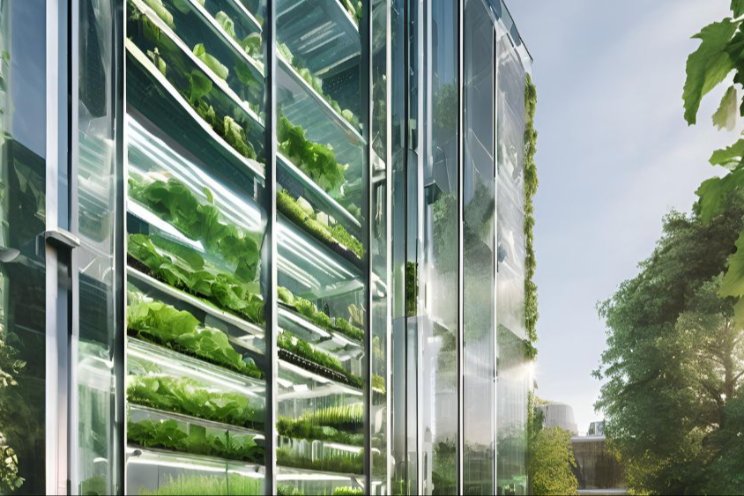Could these futuristic farms fix food supply chain crisis?
Added on 06 June 2022

He grew up on a small family farm in Argentina. But this facility, located just outside of Guelph, Ont., was unlike anything he had ever seen.
"I thought I was on Mars. It's incredible," he says. "You don't realize the magnitude of something like this, a project like this, until you see it with your own eyes."
Towers of large metal trays, full of leafy greens, are stacked on top of each other in a large warehouse bathed in a bright fuchsia light. There's an earthy scent in the air and the room is ever so slightly humid.
Inside the GoodLeaf Farms grow room. The bright fuchsia colour comes from the mix of blue and red light, which the leafy greens prefer. Jory Lyons / Global News
Indeed, if humans were to inhabit the moon or Mars someday, GoodLeaf Farms' facility is a blueprint of how produce could be grown. The 45,000-square-foot facility is the largest vertical farm in Canada. GoodLeaf grows baby lettuce, spinach, arugula and an assortment of microgreens using the latest agricultural technology.
If greenhouses are the suburbs of farming, then vertical farms are the condos. By stacking layers of crops, growers can produce a great deal of food even where real estate is scarce and the weather isn't agreeable. LED lights replace the sun and the plants receive nutrients through recycled water rather than soil.
Every aspect of this environment is controlled and optimized for growth, from the hue of the lights to the amount of carbon dioxide in the air. The result is astounding: higher crop yields that require less space and 95 per cent less water than a traditional farm. And there's no need for pesticides, herbicides or fungicides.
Crops are pampered at the GoodLeaf farm. 'We have full control over the environment, the humidity, temperature, airflow, amount of water we apply. Everything is completely optimized to what the plants need,' says Cesar Cappa.
Cappa is the head grower at GoodLeaf Farms. He studies how the crops interact with their manufactured environment in order to make the system more efficient. While giving me a tour of the facility, Cappa says it's technically possible to grow a variety of produce in these conditions. But so far, leafy greens are what the company has perfected — and what's profitable. This single facility provides roughly 70,000 pounds of leafy greens to grocery stores across southern Ontario each month.
Photo Courtesy of CubicFarms
Source: Global News
More news















